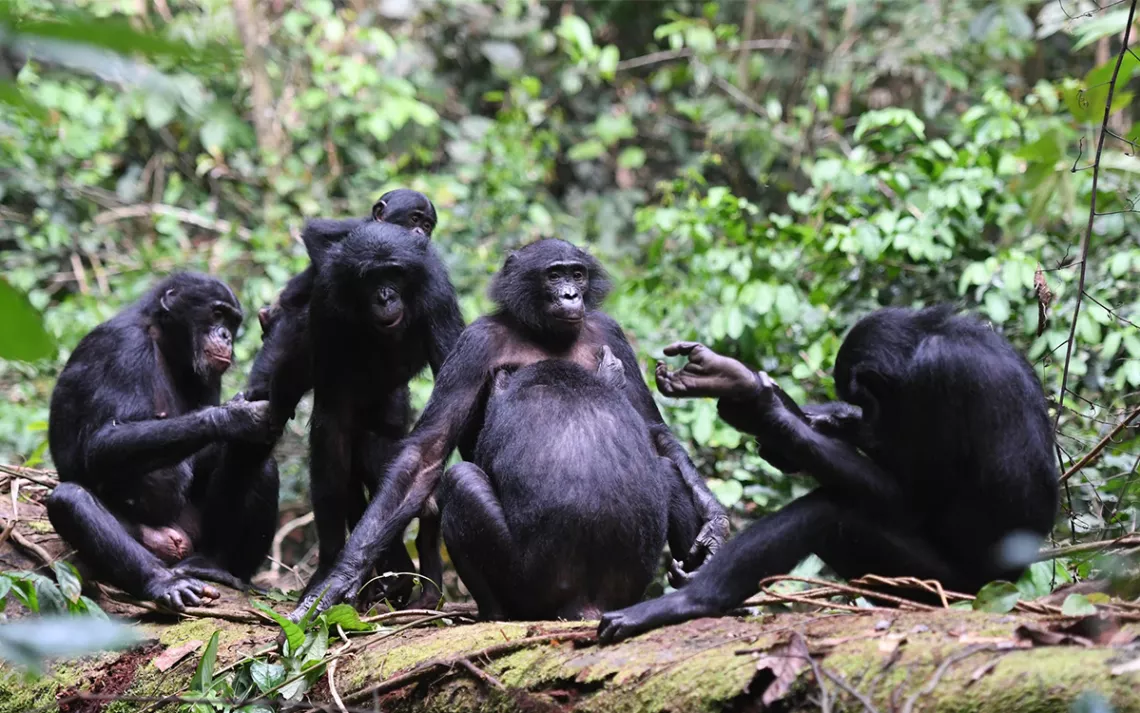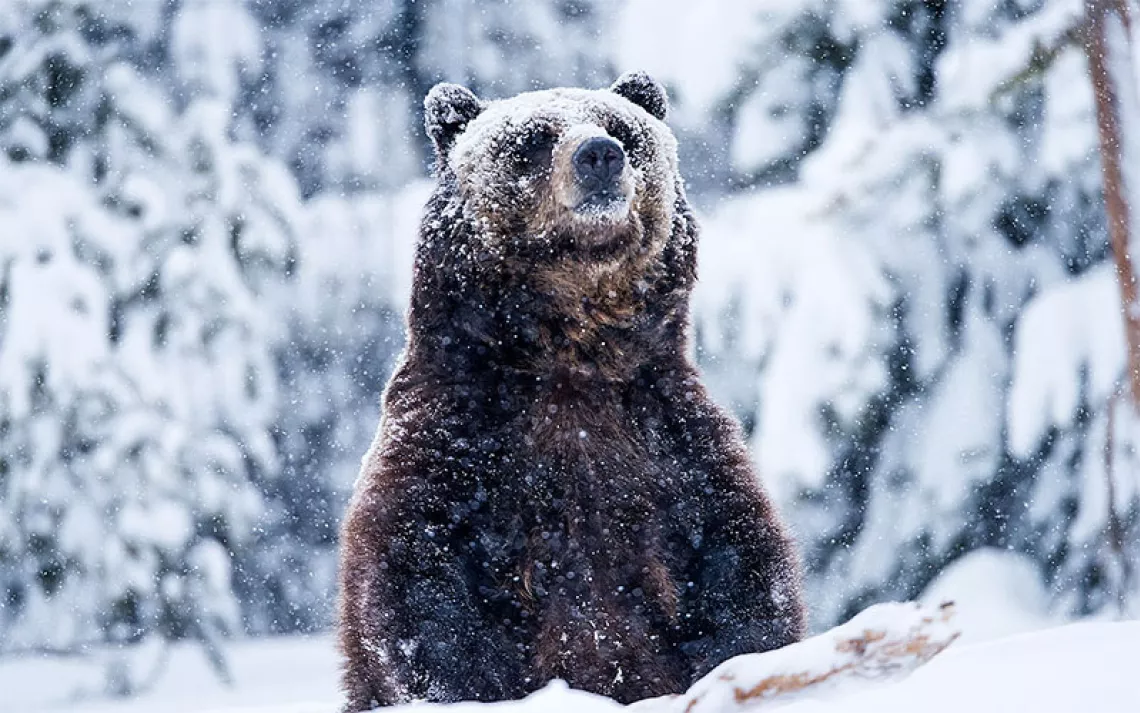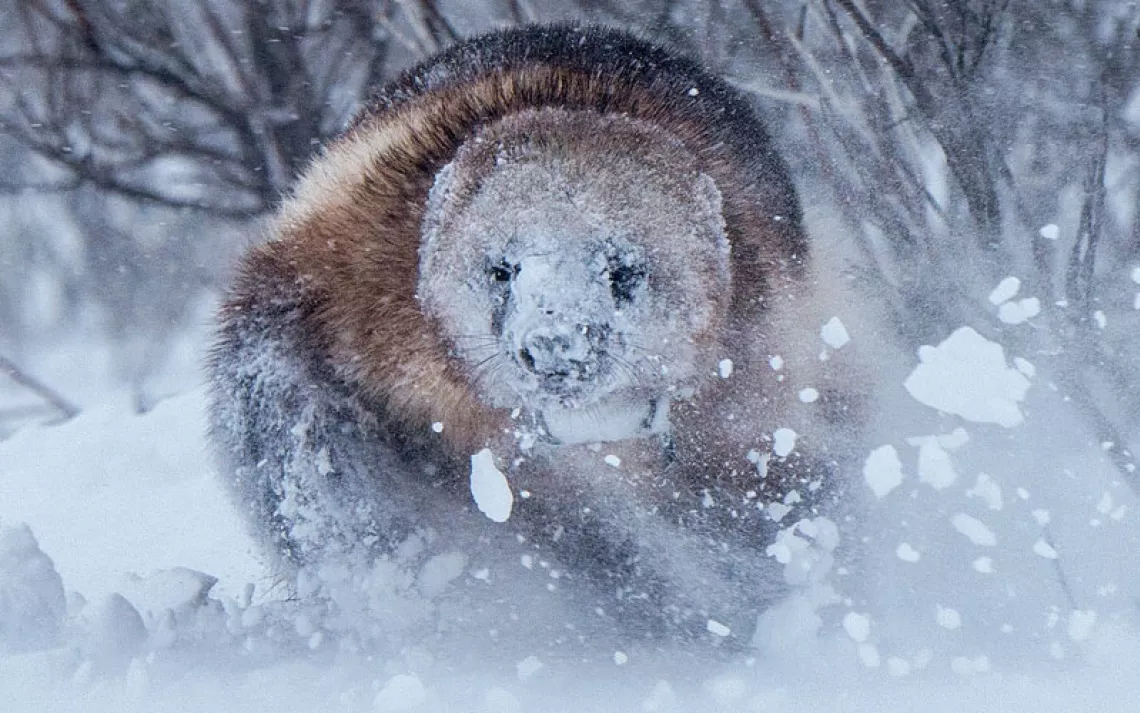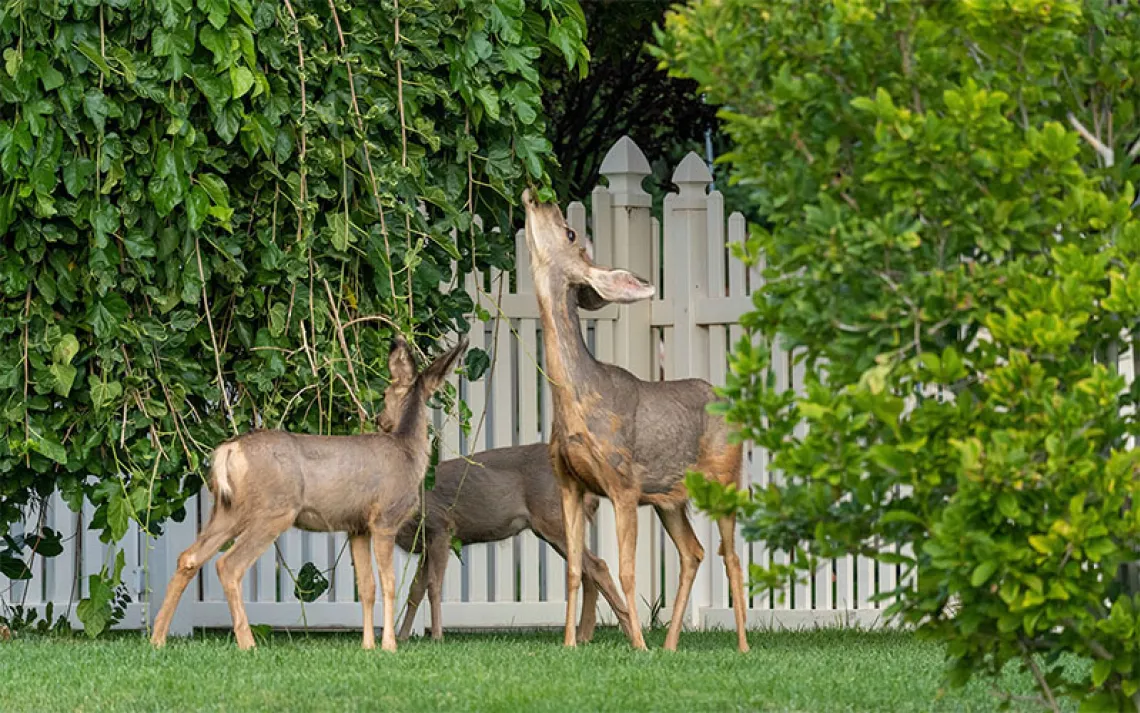What If We Lose the Bonobos, Our Closest Living Relative?
Too emotionally sensitive to survive in zoos, bonobos need protected rainforest

Photo courtesy of Martin Surbeck, Kokolopori Bonobo Research Project
Deep in the rainforests of West-Central Africa between 5 and 25 million years ago, the local primates were evolving at an astounding rate. This portion of the globe would have looked very different from today: The dry African savannah of modern day Kenya and Chad would have been dense rainforest and tropical woodlands. It was ground zero for human evolution, a place where our ancient ancestors went from feasting on fruit high in the trees to walking, gathering, and venturing out into the world.
While humans did not evolve from any primates living today, we do share a common ancestor with apes from which we both descended between 6 and 8 million years ago: Sahelanthropus tchadensis, a species that lived in Chad 6 million years ago.
Today, our two closet living relatives are the chimpanzee and the bonobo, with which we share around 98.8 percent of our DNA. Both species are closely related to humans, but in different ways. Chimpanzees are better at physical cognition, e.g., in the use of tools. But bonobos are most closely related in their emotional cognition—hinting at how we might have behaved socially millions of years ago.
Zanna Clay, a developmental psychologist and primatologist at Durham University, says that bonobos in the wild have lifespans of about 50 years, very similar to that of traditional human hunter-gatherers. They reproduce at similar rates and care for their young in much the same way as humans. And like us, they live in complex communities and have long term friendships and relationships that can last a lifetime.
“Like humans they seem to have a lot of underlying social knowledge and a rich emotional life,” says Clay. “They share empathy, care about and react to each other’s needs, and they cooperate. The bonobo also communicates in complex ways with sounds, gestures, and body postures, though they don’t use language.”
Throughout much of human history bonobos survived in isolation, in a part of the world so hard to reach that humans had trouble exploiting its natural resources. But Clay, who has spent her career following bonobos in their only remaining habitat in the Democratic Republic of the Congo, says that in recent years this has been changing.
Congo is full of natural resources, many of which China is interested in and has already begun exploiting. International governments need to pressure Congo to protect this critical ecosystem, Clay says. If not, “they can easily do to the Congo rainforest what’s been done in the Amazon.”
Because of this, bonobo habitat hangs by a thread. Bonobos are classified as endangered on the IUCN Red List, with only 15,000-to-20,000 left in the wild. They’re a living history, now fighting to survive almost entirely as a result of the very species with which they share so much of their evolutionary past.
In recent years, bonobos have been illegally captured and sent to zoos. But unlike chimpanzees, says Clay, bonobos don’t survive well in captivity because they’re too emotionally sensitive. “They get nervous, have trouble breeding, and tend to die more easily than chimps.” Nevertheless, the animals—especially babies—are often illegally kidnapped and smuggled out of the country, sometimes with the complicity of the government. “We need to be very worried about the illegal pet trade,” says Clay.
Martin Surbeck is a human evolutionary biologist at Harvard University who, like Clay, spends much of the year in the Congo following bonobo groups around the rainforest, recording behavioral data. Surbeck says that his team never directly interacts with the groups and they always where masks because bonobos are susceptible to many of the same pathogens as humans, but lack advanced immune systems.
In his time at Kokolopori Bonobo Reserve in Central Congo, Surbeck too has witnessed the destruction of the species. In Kokolopori there’s a taboo against eating the bonobo for meat, he says, but that doesn’t exist in many other parts of the country. The reserve is in one of the poorest regions in Africa where people often have no option other than to hunt in their ancestral forest, even though it’s no longer sustainable to do so. “The forests in the DRC are more and more hunted out,” he says. “In some places, you’ll see nearly intact forests with hardly any wildlife at all.”
Still, Clay says, there’s a lot that can be done to protect the species and she still holds out hope for its survival. Certain conservation techniques have proved very effective. Last April, for example, the Ekolo ya Bonobo Community Reserve re-wilded 14 bonobos rescued from captivity back into the wild. At the same time, the organization successfully protected a large swath of forest. TL2, a newly created national park in Eastern Congo, is home to bonobos as well as many other rare and endemic species like okapi, forest elephants, and the Congo peacock. “These types of conservation initiatives make a huge difference in protecting the species,” she says.
Countries like Rwanda have made a business out of protecting endangered species. Gorilla trekking there, for example, provides jobs to locals and protects the gorillas because they attract the tourists. This is a model that could save the bonobo as well, says Clay.
Were bonobos to go extinct, fears Clay, humans would lose an understanding of how we came to be: “There’s a huge loss to be had,” she says. “Unless we focus our energy on protecting the bonobo, there’s a real possibility they’ll be gone in the next century.”
 The Magazine of The Sierra Club
The Magazine of The Sierra Club



